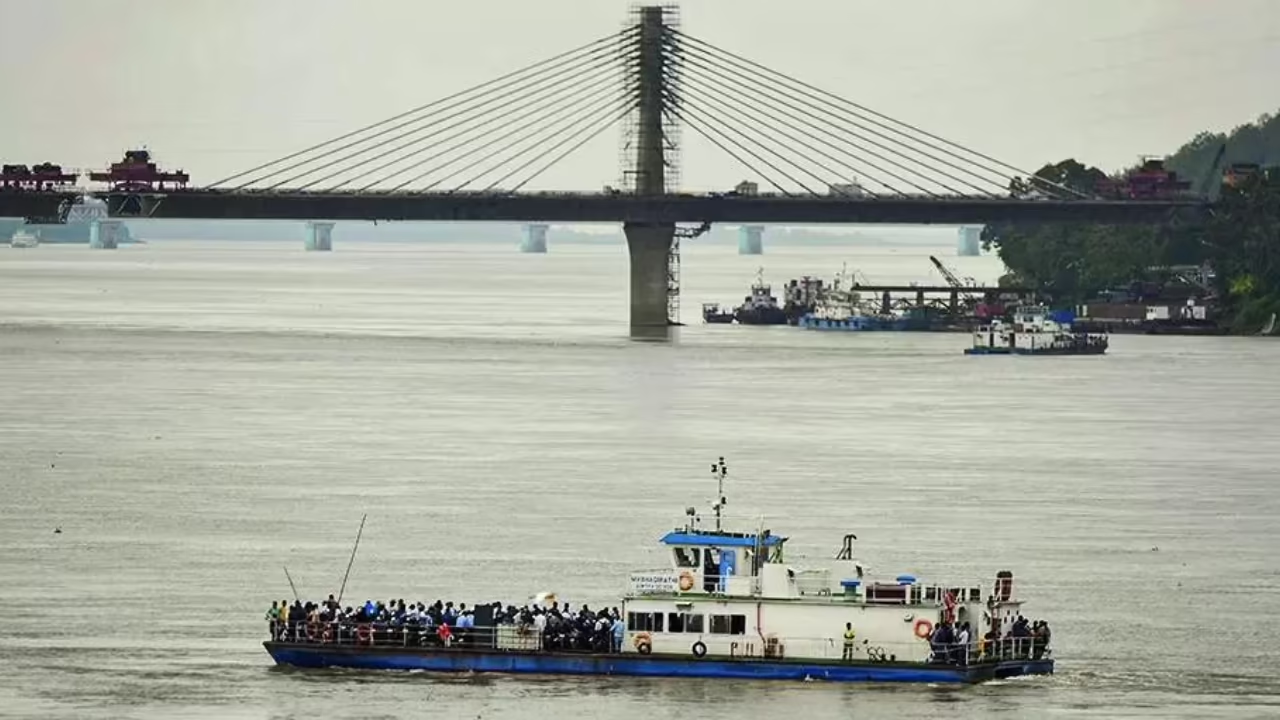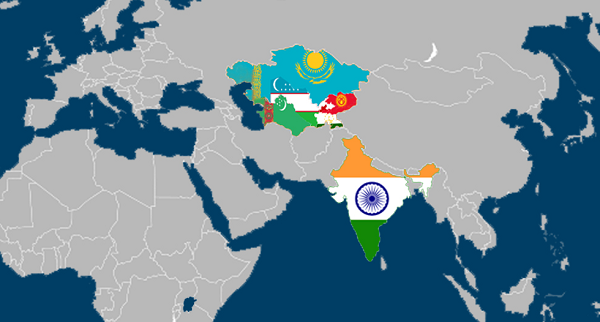- Courses
- GS Full Course 1 Year
- GS Full Course 2 Year
- GS Full Course 3 Year
- GS Full Course Till Selection
- MEP (Mains Enrichment Programme) Data, Facts
- Essay Target – 150+ Marks
- Online Program
- GS Recorded Course
- NCERT- First Ladder
- Polity
- Geography
- Economy
- Ancient, Medieval and Art & Culture AMAC
- Modern India, Post Independence & World History
- Environment
- Governance
- Science & Technology
- International Relations and Internal Security
- Disaster Management
- Ethics
- Current Affairs
- Indian Society and Social Issue
- CSAT
- 5 LAYERED ARJUNA Mentorship
- Public Administration Optional
- ABOUT US
- OUR TOPPERS
- TEST SERIES
- FREE STUDY MATERIAL
- VIDEOS
- CONTACT US
India’s 5G Fighter Aircraft and LCA Tejas
India’s 5G Fighter Aircraft and LCA Tejas
12-04-2024
The Cabinet Committee on Security (CCS) approved a Rs 15,000 crore project to design and develop India's fifth-generation combat multirole jet, the Advanced Medium Combat Aircraft (AMCA).
- In a related incident, a Court of Inquiry has been initiated to probe the reasons behind the crash of Indian Air Force Light Combat Aircraft (LCA) Tejas during an operational training flight in Rajasthan.
What defines Fifth-Generation Fighter Jets?
- 5G fighter jets are designed for advanced battlefields with the ability to overcome current and anticipated threats.
- These jets offer stealth technology and supersonic speeds without the need for afterburners.
- They stand out from previous generations with their multi-spectral low-observable design, self-protection, radar jamming, and integrated avionics.
- Currently, only Russia (Sukhoi Su-57), China (Chengdu J-20) and the US (F-35) have 5G jets.
Why does India need Fifth-Generation Fighter Jets?
- The current strength of 30 fighter squadrons of the Indian Air Force is less than the sanctioned strength of 42 squadrons.
- Aging aircraft like MiG-21s, MiG-29s, Jaguars, and Mirage 2000s will be phased out by the mid-2030s, leaving a capability gap.
- In view of China's increasing military power, India needs to increase its air defence, because China has the upper hand in terms of number of aircraft.
- India aims to achieve self-reliance in defense by focusing on strengthening its air force and replacing aging aircraft, recognizing that acquiring fighter jets is a time-consuming process.
- India is developing Advanced Medium Combat Aircraft (AMCA) based on the success of LCA Tejas. This indigenous project involves collaboration between ADA, HAL and private industries.
- Acquiring 5th-generation fighter jets will place India among the select group of countries that possess this advanced technology, including the US, Russia, and China.
Key Features of India's Advanced Medium Combat Aircraft (AMCA):
|
Nodal Agency: |
|
|
Stealth Capabilities: |
|
|
Fuel Capacity and Armament: |
|
|
Engine Configurations: |
|
|
Development Timeline: |
|
The Light Combat Aircraft (LCA) Tejas is an impressive aircraft with several notable features:
|
Origin: |
|
|
Design and Development: |
|
|
Key Features: |
|
|
Variants: |
|



